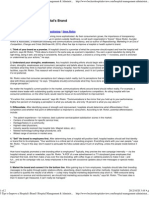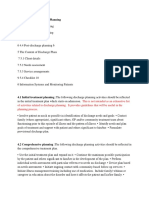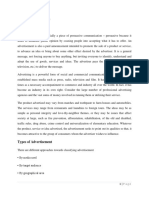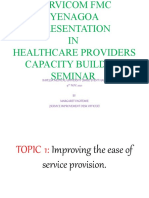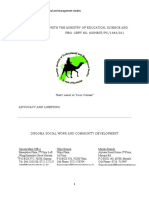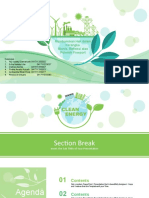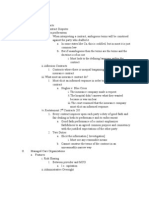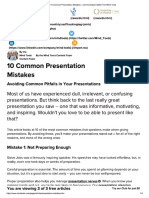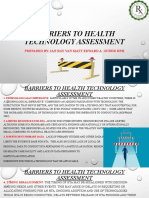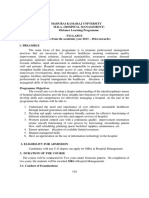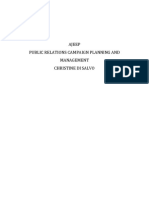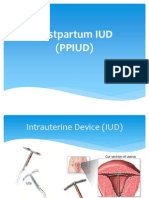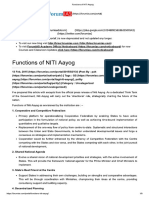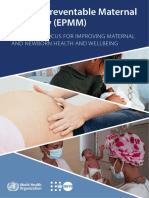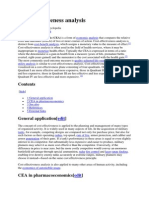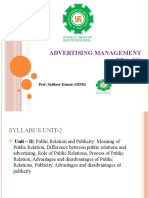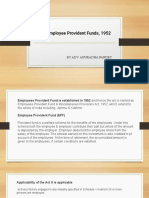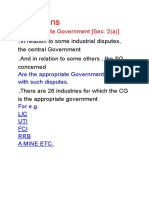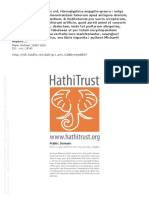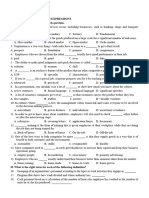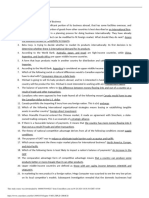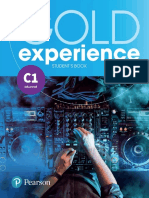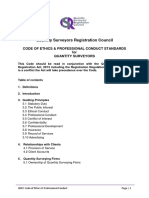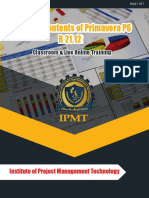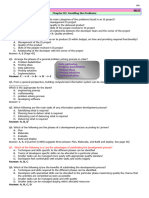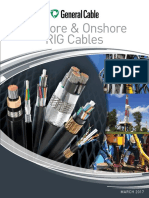0% found this document useful (0 votes)
490 views22 pagesPublic Relations Management
Public relations is a strategic communication process used to build mutually beneficial relationships between organizations and their key audiences. The main objective of public relations is to maintain a positive brand reputation and strategic relationships with stakeholders like customers, employees, and investors. Public relations specialists use earned media like news stories, articles, and social media posts rather than paid advertising to promote their brand. Some key functions of public relations include drafting communication strategies, writing press releases, planning media events, handling social media, and managing issues during times of crisis. Common types of public relations include media relations, investor relations, government relations, and community relations. Successful public relations examples include Google's fight against Ebola and Facebook's support for France after terrorist attacks.
Uploaded by
NatashaCopyright
© © All Rights Reserved
We take content rights seriously. If you suspect this is your content, claim it here.
Available Formats
Download as PDF, TXT or read online on Scribd
0% found this document useful (0 votes)
490 views22 pagesPublic Relations Management
Public relations is a strategic communication process used to build mutually beneficial relationships between organizations and their key audiences. The main objective of public relations is to maintain a positive brand reputation and strategic relationships with stakeholders like customers, employees, and investors. Public relations specialists use earned media like news stories, articles, and social media posts rather than paid advertising to promote their brand. Some key functions of public relations include drafting communication strategies, writing press releases, planning media events, handling social media, and managing issues during times of crisis. Common types of public relations include media relations, investor relations, government relations, and community relations. Successful public relations examples include Google's fight against Ebola and Facebook's support for France after terrorist attacks.
Uploaded by
NatashaCopyright
© © All Rights Reserved
We take content rights seriously. If you suspect this is your content, claim it here.
Available Formats
Download as PDF, TXT or read online on Scribd
/ 22


